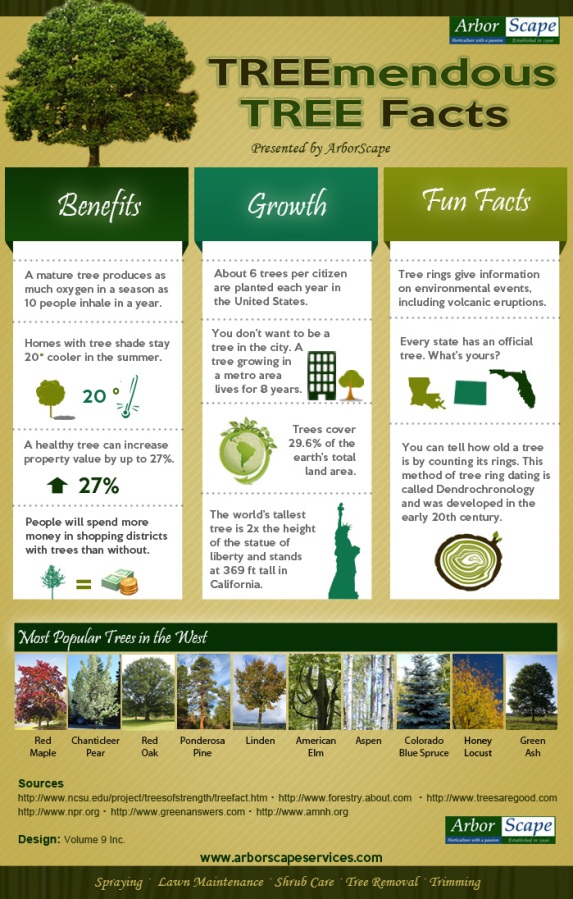Tree Preservation: Indicators That Indicate The Need For Elimination
Tree Preservation: Indicators That Indicate The Need For Elimination
Blog Article
Article By-Dalby Stryhn
If you've ever before questioned the fate of the trees on your property, recognizing when it's time for elimination is vital. But how do you identify if a tree can be saved or if elimination is the only choice? By seeking particular indicators and reviewing safety threats, you can make informed choices that benefit both your landscape and your environments. Allow's check out the crucial variables that come into play when deciding the fate of a tree and how you can ensure the best end result for your green companions.
Indications of Tree Decline
If you observe any of the adhering to signs of tree decline in your backyard, it might be time to consider tree elimination.
One typical indication is dead or worn out branches, which can show underlying concerns influencing the tree's wellness. Keep an eye out for blemished or shrivelled leaves that linger despite proper care, as this could be an indication of disease or insects.
An additional warning signal is too much leaning or a noticeable shift in the tree's base, which might recommend origin concerns or architectural instability. Watch out for fungal growth on the trunk or origins, as this can show rot and compromise the tree's stability.
In addition, if you observe large cracks in the trunk or major limbs, it's crucial to attend to these concerns without delay to avoid possible dangers. Resolving these indications of tree decrease without delay can assist maintain the safety and security and appearances of your backyard setting.
Safety Worries
To ensure the health of your building and those around you, prioritizing safety and security issues related to trees is extremely important. Trees can present various security threats if not correctly kept. Read Webpage or rotting branches might drop suddenly, endangering people or destructive frameworks.
Leaning trees can likewise be unsafe, particularly if they're leaning in the direction of a building or high-voltage line. In addition, trees with extensive root systems near structures or underground energies can trigger considerable damage over time.
It's important to regularly check your trees for any kind of indications of potential risk. Keep an eye out for cracks in the trunk, huge tooth cavities, or indicators of condition and decay. If you observe any one of these issues, it's finest to consult with an expert arborist to assess the circumstance and figure out the necessary course of action.
Taking proactive steps to attend to safety and security issues quickly can prevent mishaps and residential or commercial property damages in the future. Remember, the safety of your residential or commercial property and those around you must constantly be the leading priority when it involves tree maintenance.
Consulting an Arborist
When thinking about the health and safety of your trees, getting in touch with an arborist is an essential action. have a peek at this site are trained experts that specialize in the treatment and upkeep of trees. They can analyze the total wellness of your trees, determine any problems such as conditions or structural troubles, and offer professional suggestions on the most effective course of action.
By getting in touch with an arborist, you can obtain beneficial insights right into the condition of your trees and figure out whether removal is necessary. Arborists have the knowledge and experience to assess the risks related to keeping a tree versus removing it. They can additionally offer support on different remedies, such as trimming, cabling, or bracing, to assist preserve the tree whenever possible.
Moreover, arborists can help you browse any type of local policies or permits that may be required for tree removal. Their know-how can make certain that the process is executed securely and in compliance with any appropriate laws.
Verdict
In conclusion, when determining whether trees can be conserved or if removal is necessary, it is essential to think about indicators of decrease and safety and security worries. Consulting an arborist for an extensive evaluation is vital in making the best choice for the tree's wellness and potential hazards. Bear in mind, aggressive care and timely activity can assist protect trees and stop crashes.
